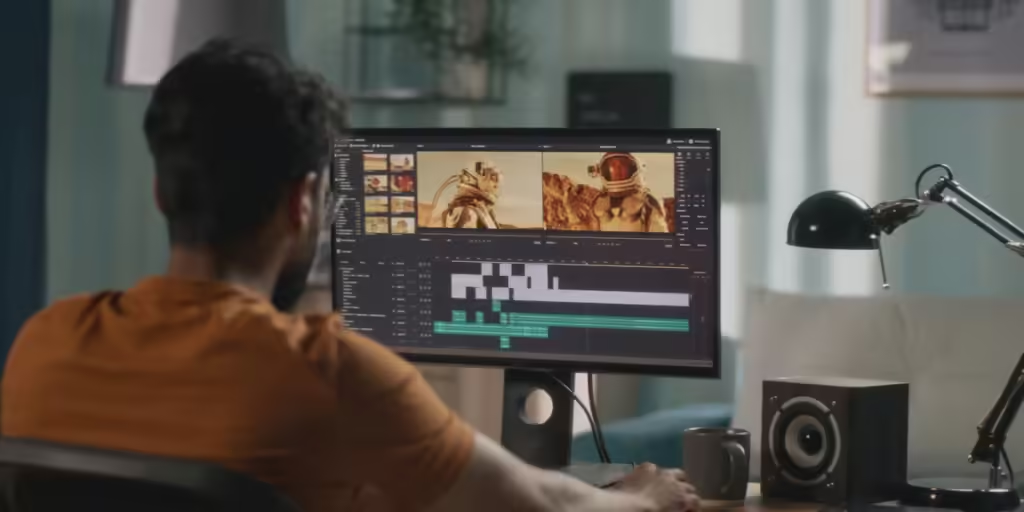Editing like a pro, whether it’s for writing, photography, or video, requires a combination of technical skills, creative vision, and attention to detail. Here are some tips and best practices for different types of editing:
1. Writing Editing
- Read Aloud: Reading your work aloud helps catch awkward phrasing, repetition, and errors.
- Cut Unnecessary Words: Aim for clarity and conciseness by removing filler words and redundant phrases.
- Focus on Structure: Ensure your work has a logical flow with clear transitions between ideas or sections.
- Check Grammar and Punctuation: Use tools like Grammarly or ProWritingAid to spot grammatical errors, but also review manually for context-specific corrections.
- Consistency: Ensure consistency in tone, tense, and style. Stick to one style guide (e.g., APA, Chicago) for formatting.
- Take Breaks: After writing, take a break before editing. This allows you to return with fresh eyes.
- Seek Feedback: Have someone else review your work, as they may catch mistakes you missed.
2. Photo Editing
- Understand Your Tools: Learn the basics of photo editing software like Adobe Photoshop, Lightroom, or GIMP.
- Work with RAW Files: Shoot and edit RAW files for more flexibility in adjusting exposure, color balance, and details.
- Use Non-Destructive Editing: Use layers and adjustment layers to make changes without permanently altering the original image.
- Master Basic Adjustments:
- Exposure: Adjust brightness and contrast to enhance details.
- White Balance: Correct color temperature to make the image look natural.
- Sharpening: Enhance edges and details, but avoid over-sharpening.
- Use Filters and Presets Sparingly: While presets can speed up your workflow, ensure they fit the specific image and avoid making all your photos look the same.
- Crop and Straighten: Ensure your composition is strong by cropping and aligning the image properly.
- Retouching: Use tools like the healing brush and clone stamp to remove blemishes or distractions.
3. Video Editing
- Learn the Software: Familiarize yourself with video editing software like Adobe Premiere Pro, Final Cut Pro, or DaVinci Resolve.
- Organize Your Footage: Label and organize your clips, so you can easily find what you need.
- Master the Timeline:
- Cut on Action: Cut from one shot to another at the point of action to make transitions smoother.
- Use J-Cuts and L-Cuts: Overlap audio from the next scene with the video from the previous one (or vice versa) to create seamless transitions.
- Color Grading: Adjust the color of your footage to create a consistent look or evoke specific emotions.
- Sound Editing:
- Balance Audio Levels: Ensure dialogue, music, and sound effects are balanced and clear.
- Use High-Quality Sound Effects: Sound can make or break your video. Invest in good sound libraries or record your own.
- Transitions and Effects: Use transitions and effects sparingly. Simple cuts often work better than flashy transitions.
- Focus on Storytelling: Ensure every edit enhances the story you’re trying to tell. Avoid unnecessary cuts or effects that don’t add to the narrative.
- Export Properly: Use the correct export settings for your intended platform to ensure the highest quality.
4. General Tips for All Types of Editing
- Study the Pros: Watch tutorials, read articles, and analyze the work of professionals in your field.
- Stay Organized: Keep your files, clips, and versions organized to streamline the editing process.
- Experiment and Be Creative: Don’t be afraid to try new techniques or styles. Experimentation can lead to unique and professional results.
- Keep Learning: Technology and trends change, so continuously improve your skills by learning new tools and techniques.
- Get Feedback: Don’t be afraid to ask for feedback from peers or clients to refine your edits.
By practicing these techniques and continuously refining your skills, you can edit like a pro in any field



